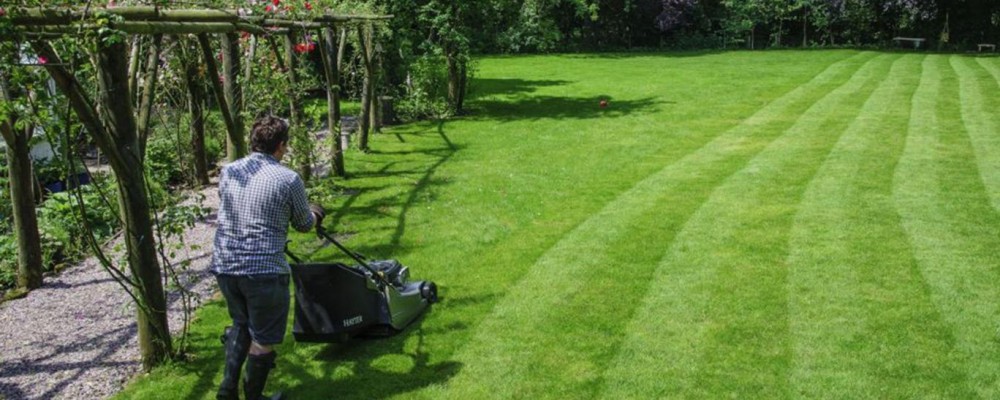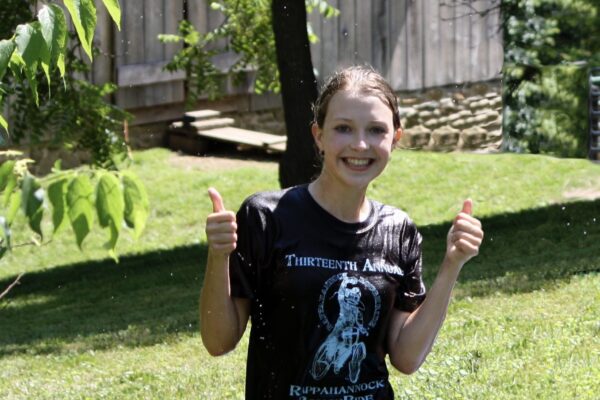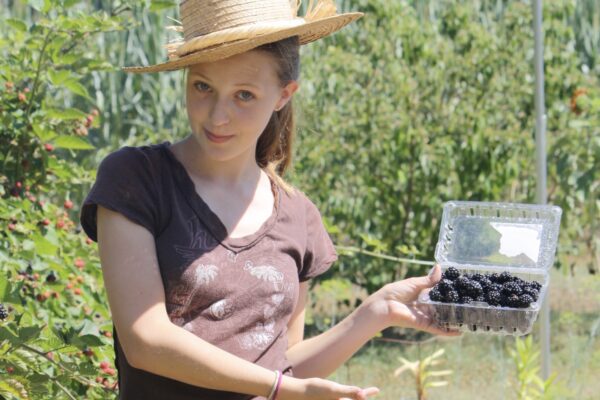This is an issue Finley was passionate about. She wanted to let the lawn around her home grow into a meadow to provide habitat for plants and animals, to contribute to healthier soils, to filter rainwater for cleaner streams, and to prevent the sound and air pollution from mowers. And, most of all, she wanted to reduce her family’s carbon footprint.
While grasses and their roots do a good job of sequestering carbon, maintaining those lawns with fertilizers, watering, and mowing undo all the good and turn lawns into net polluters. An average lawn in America emits as much CO2 each year as flying from DC to LA and back – twice!
But you don’t have to let your lawn go completely wild to make a difference. A new study in England showed that going an extra week between cuttings, allowing the clippings to act as fertilizer, and watering only sparingly reduces greenhouse gas emissions by 70%. Take it a step further by letting parts of your lawn become natural habitat and you’re really having an impact.





